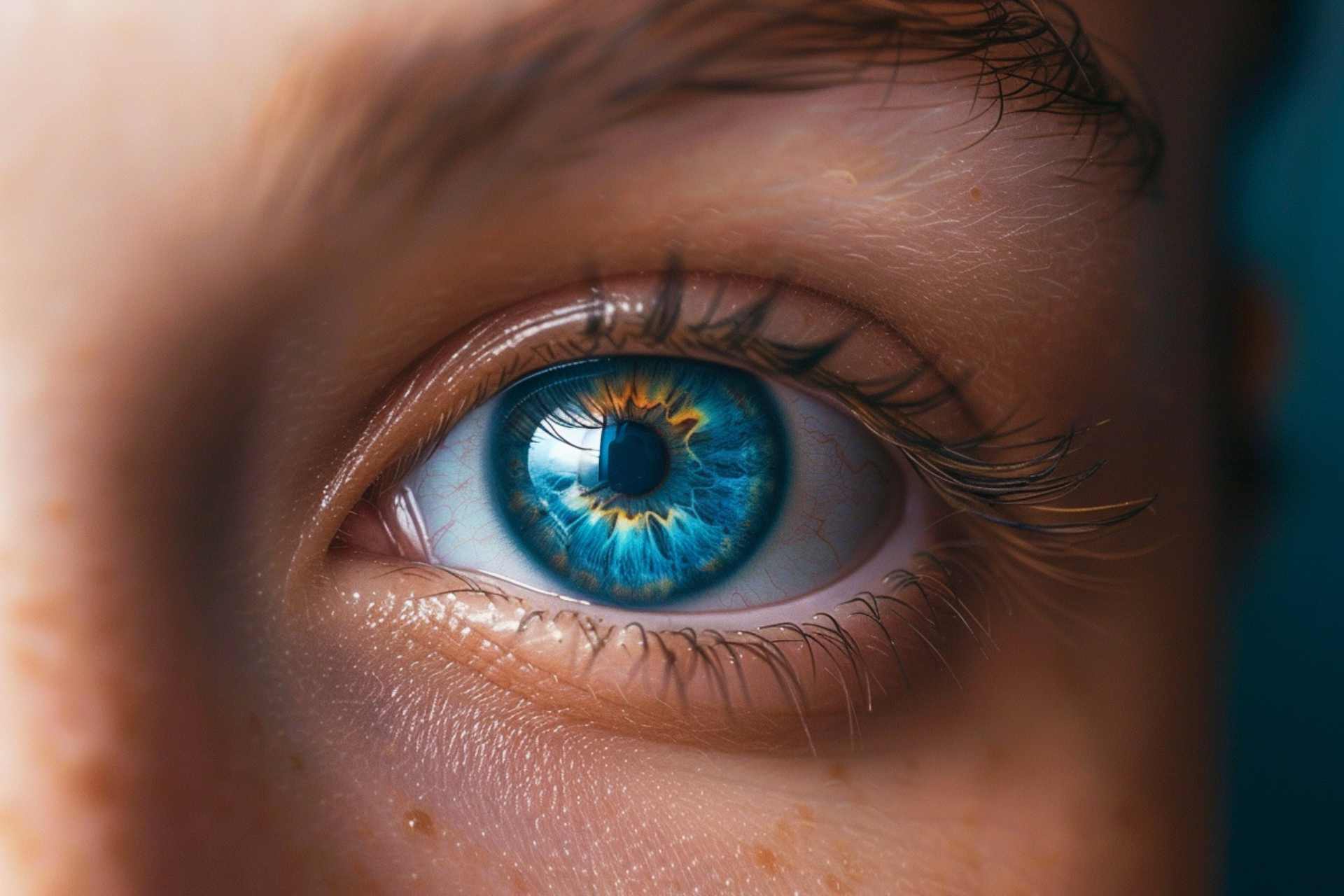Blurry vision? Unlock the mysteries of common eye conditions & learn how to keep your eyes healthy!
Our eyes are windows to the world, but sometimes those windows get a little blurry. If you’ve ever experienced eye irritation, nearsightedness, or those pesky floaters, you’re not alone. Many common eye conditions can disrupt our vision and impact our daily lives. But fear not! By understanding these conditions, we can unlock the mysteries and take steps towards better eye health.
Demystifying the Most Common Culprits:
-
Nearsightedness (Myopia): This blurry-far-vision struggle is a champion among common eye conditions. When your eyeball is slightly elongated, light focuses in front of your retina instead of directly on it. Luckily, corrective lenses (glasses or contacts) can bend light rays and bring the world back into focus.
-
Farsightedness (Hyperopia): The opposite of nearsightedness, farsightedness makes nearby objects appear blurry. Here, the eyeball is too short, causing light to focus behind the retina. Similar to nearsightedness, corrective lenses can rectify the focusing issue.
-
Astigmatism: This condition arises when the cornea or lens isn’t perfectly round, causing distorted vision at all distances. Think of it like looking through a slightly warped window. Glasses or contacts with a cylindrical lens design can compensate for the uneven curvature and restore clear vision.
-
Dry Eye: Feeling like your eyes are gritty sandpaper? Dry eye occurs when your tear glands don’t produce enough tears, or the quality of your tears is poor. Environmental factors, medications, and even screen time can contribute to dry eye. Artificial tears or prescription eye drops can bring welcome relief.
-
Age-Related Macular Degeneration (AMD): As we age, our macula (the central part of the retina responsible for sharp central vision) can deteriorate. AMD can cause blurred vision, especially in low light, and can affect daily activities like reading. While there’s no cure, early detection and management can help slow progression.
Taking Charge of Your Eye Health:
Understanding these common eye conditions is a powerful first step. But don’t stop there! Here are some key takeaways to keep your eyes healthy:
- Schedule regular eye exams: Even if you don’t experience any problems, eye exams can detect conditions in their early stages when treatment is most effective.
- Maintain a healthy lifestyle: Eating a balanced diet rich in antioxidants, staying hydrated, and managing chronic conditions can all contribute to good eye health.
- Protect your eyes from the sun: UV rays can damage your eyes, so wear sunglasses that block UVA and UVB rays.
- Give your eyes a break: Looking at screens for extended periods can strain your eyes. Take frequent breaks and practice the 20-20-20 rule: every 20 minutes, look at something 20 feet away for 20 seconds.
By unlocking the mysteries of common eye conditions and taking proactive steps towards eye health, we can ensure our windows to the world stay clear and bright for years to come.
Remember: This blog provides general information and shouldn’t replace professional medical advice. If you experience any concerning eye problems, consult your ophthalmologist for a proper diagnosis and treatment plan.

